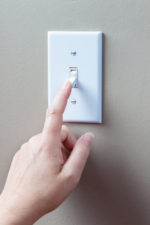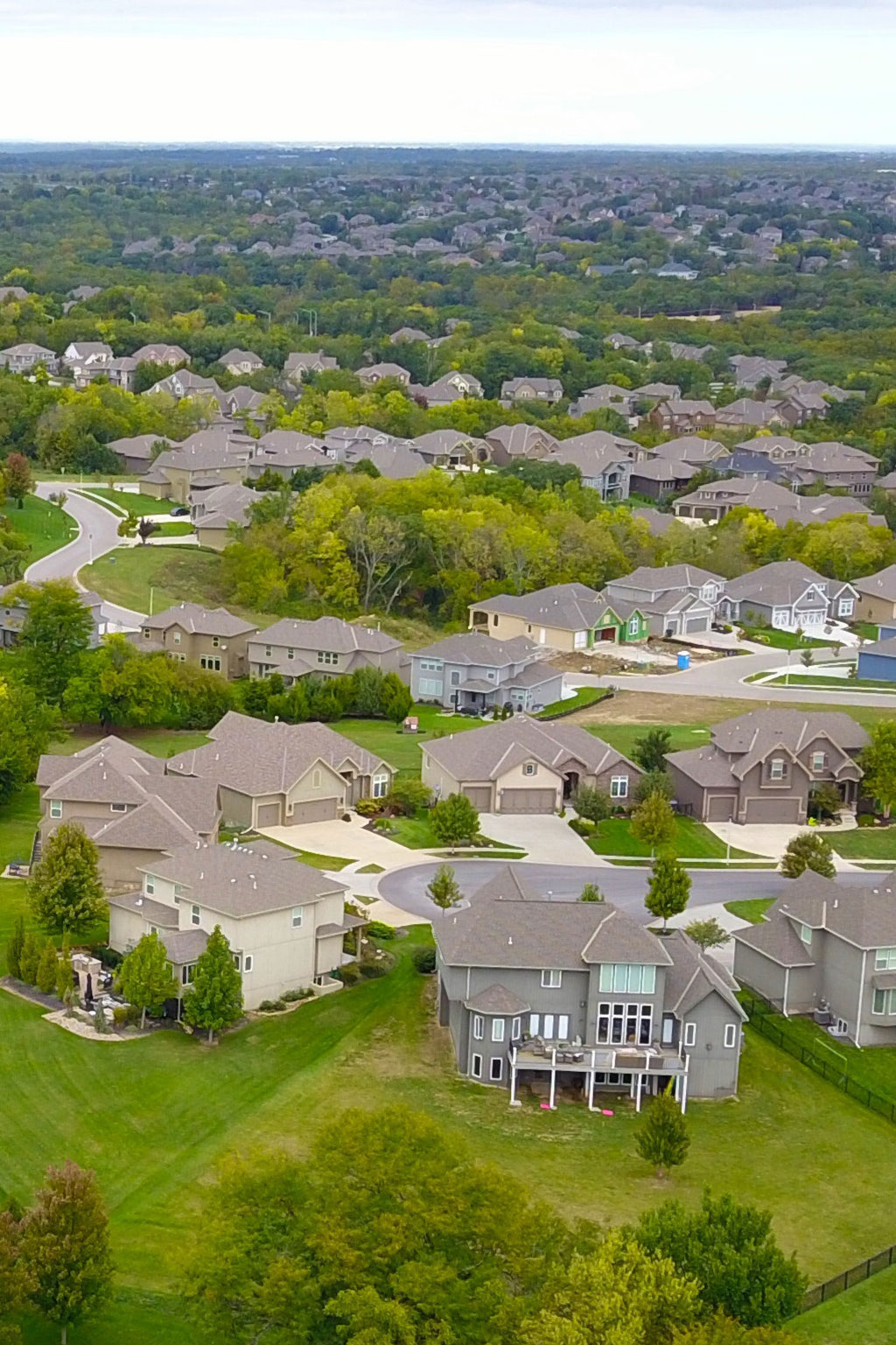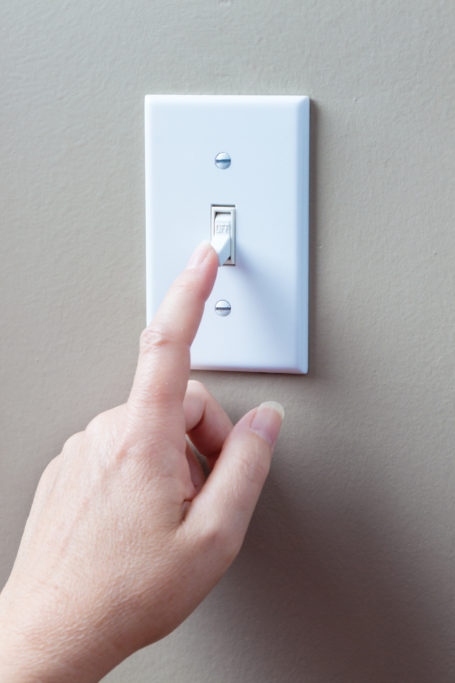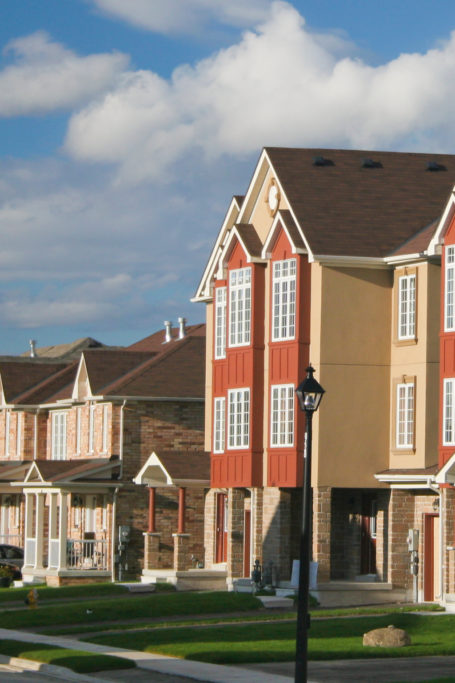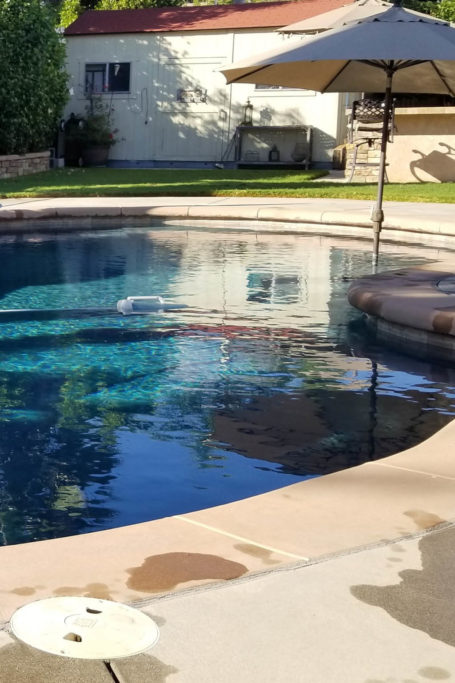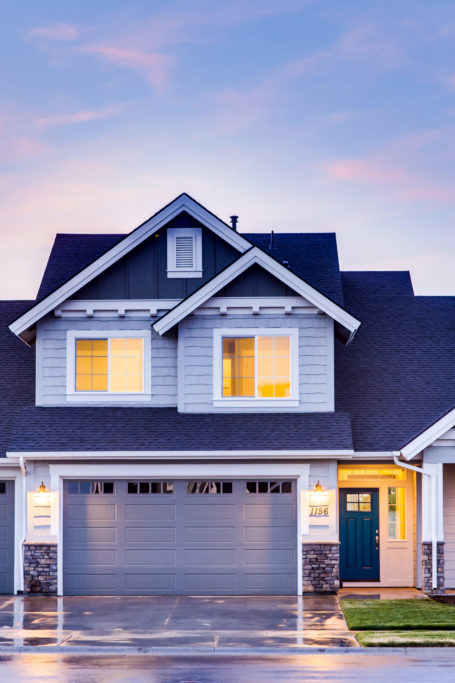Do I Really Need to Put 20 Percent Down?
Though 20 percent has traditionally been the ideal amount to put as a down payment, the notion that you must do so to qualify for a home loan is simply not true.
In fact, according to the National Association of Realtors®, first-time homebuyers in 2022 put down an average of 6 percent, while repeat buyers typically put down an average of 17 percent.
Different loan programs come with varying down-payment requirements, so how much you can afford will influence the type of loan you qualify for. Whether you’re a repeat or a first-time homebuyer, the following guide can help you understand your options and discover the best one for your budget.
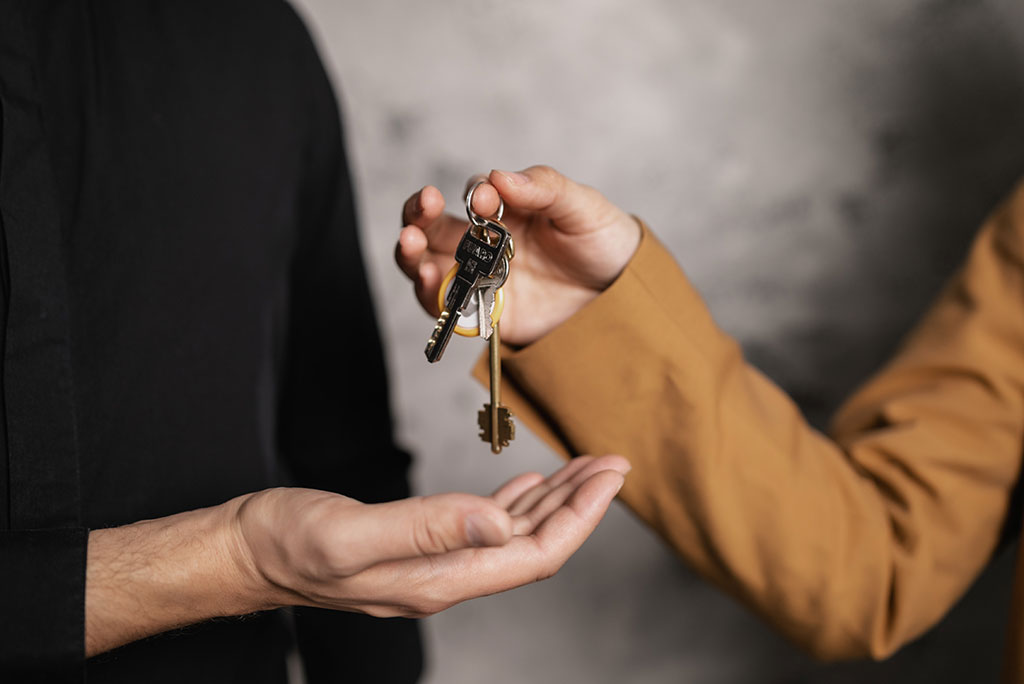
Conventional loan
These are usually the most popular types of loans; each comes with varying requirements related to the amount of your down payment, income, and credit.
Conforming
As a general rule, the maximum amount you can borrow on a conforming loan is $726,200, though this limit can be higher in more expensive markets. Depending on your location, credit score, and home price, you can put down as little as 3 percent.
Nonconforming
If your home loan needs exceed the conforming loan limit, you must apply for a nonconforming one. This option necessitates a minimum of a 20 percent down payment, which may lead to a higher interest rate.
HomeReady
One of Fannie Mae’s more affordable loan programs, HomeReady is geared toward low-to-moderate-income buyers. It offers flexibility that other mortgages do not, as there are no income or location requirements, you can put down just 3 percent, and only one applicant needs to be a first-time homebuyer.
Government-backed loans
These loans receive financial backing from the government and are designed to provide lenders with added security against payment defaults. This enables those lenders to offer lower interest rates to prospective borrowers, making it more affordable for lower-income households and individuals purchasing their first homes.
Federal Housing Authority (FHA) loans
FHA loans are accessible in every state and accommodate various income levels. Eligible buyers can make down payments as low as 3.5 percent. Even individuals with limited or subpar credit history can potentially meet the criteria to obtain a loan.
United States Department of Agriculture (USDA) loans
Supported by the US Department of Agriculture, this initiative primarily targets rural regions, assisting would-be buyers in acquiring a modest home. It provides several advantages, including 100 percent financing without a down payment (meaning there’s no down payment requirement) and lower interest rates. USDA loans are renowned for being the most cost-effective among all government-backed loan options.
The United States Department of Veteran Affairs (VA) loans
Available in every state, these loans are available to active military personnel, armed forces, National Guard members, veterans, reservists, and qualifying surviving spouses. These loans offer 100 percent financing, reduced interest rates, and fewer associated fees.

How much is enough?
With such a wide range of programs, you have many options to choose from depending on your needs. However, as you embark on your homebuying journey, consider the advantages and disadvantages of having a lower down payment before you decide on the one that’s right for you.
Advantages
You can buy a home sooner
By paying less up front, you may be able to achieve your homeownership dreams quicker. With the escalating prices due to inventory shortages, you could save several thousand dollars.
You can build home equity faster
If you have been renting, it may be an ideal time to purchase a home so you can start building your own equity rather than your landlord’s.
You won’t deplete your savings
A lower down payment can mean reserving money for moving costs, repairs, and updates. You may also be better able to save for an emergency fund.
Disadvantages
You’ll have a larger mortgage
A smaller down payment means a higher principal amount, making it take longer to pay off. You’ll also have a greater monthly payment.
Your interest rate will be higher
Although you can save money up front, putting down the minimum will likely cost you more in the long run due to having a higher interest rate, which will further increase your monthly payments.
You’ll pay private mortgage insurance
Conventional loans require private mortgage insurance if your down payment is less than 20 percent. The precise amount hinges on your credit score and may fluctuate between 0.46 percent and 1.50 percent of the loan amount. These payments must continue until you’ve built up 20 percent equity in your home.
If you’re not able to put 20 percent down on a home, this doesn’t need to signify the end of your homeownership aspirations. Consult with a mortgage lender and your real estate agent to explore alternatives and identify the most suitable loan for your specific requirements.









